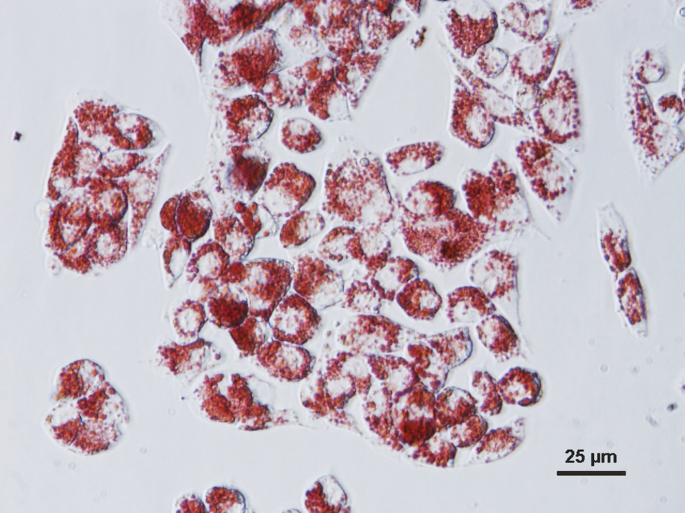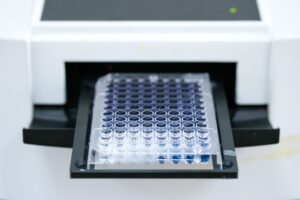
The Neutral Red (NR) assay is a vital dye uptake method used to assess cell viability and lysosomal function. Viable cells actively incorporate the weakly cationic dye Neutral Red into their lysosomes. Upon cell damage or death, this uptake is reduced, leading to a decreased intensity of the dye that can be quantitatively measured. This assay provides a rapid and sensitive measure of cell viability based on the functional status of the lysosomes.
Test Details
Procedure
- Cells were seeded and cultured in appropriate vessels, and following treatment, a Neutral Red-containing medium was added.
- The cells were incubated to allow for the uptake of the dye into the lysosomes, after which the supernatant was removed, and the cells were washed to eliminate unbound dye.
- The dye retained within the lysosomes was then extracted using an acidified ethanol solution, and the absorbance of the resulting solution was measured spectrophotometrically to quantify viable cells.
- Borenfreund, E., & Puerner, J. A. (1985). Toxicity determined in vitro by morphological alterations and neutral red uptake. Toxicology Letters, 24(2-3), 119-124.
- Repetto, G., del Peso, A., & Zurita, J. L. (2008). Neutral red uptake assay for the estimation of cell viability/cytotoxicity. Nature Protocols, 3(7), 1 1125-1131
Contact Us
Have questions about this test? Send us a message and we'll get back to you as soon as possible.


